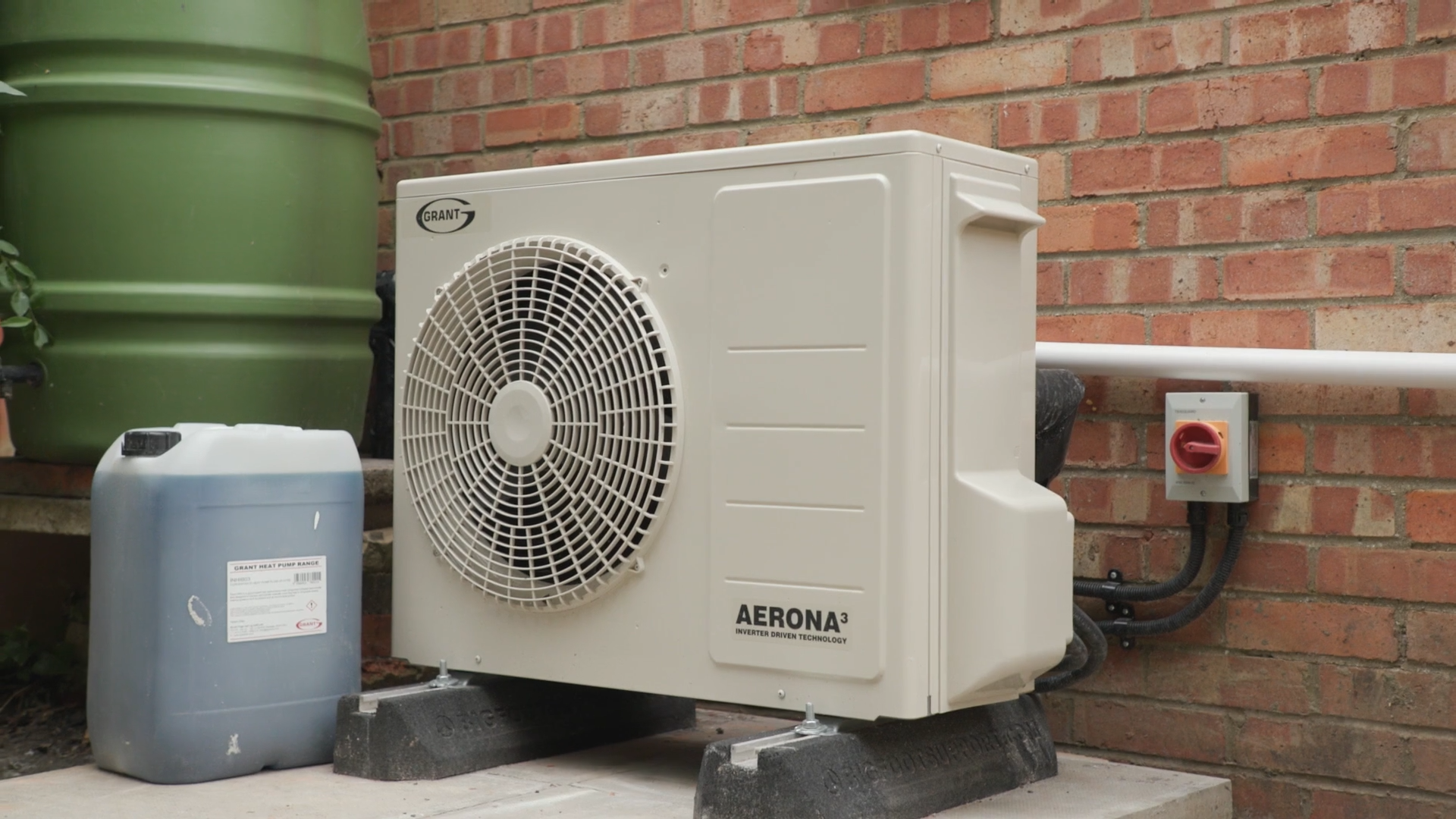
What to expect from a heat pump in your home
A low-carbon way to stay warm and comfortable – but what’s it really like to live with one?
Heat pumps are growing in popularity as an efficient and low-carbon way to heat (and sometimes cool) our homes. If you’re replacing a gas or oil boiler, they can be a smart, future-proof choice. But what’s it like to live with one?
We’ve worked with many households across Oxfordshire making the switch. Here’s what to expect – and how to decide whether a heat pump is right for your home.
How much space will a heat pump take up?
That depends on the type of system and your home setup.
- Air source heat pumps are the most common and require an outdoor unit – roughly the size of a washing machine – placed on or near an exterior wall. If it provides hot water too, you may also need an indoor hot water cylinder.
- Ground source heat pumps need more outdoor space and involve digging trenches or boreholes. The indoor unit is similar in size to a fridge-freezer.
Every home is different, so your installer will help you assess what’s possible – but most systems fit comfortably with the right preparation.
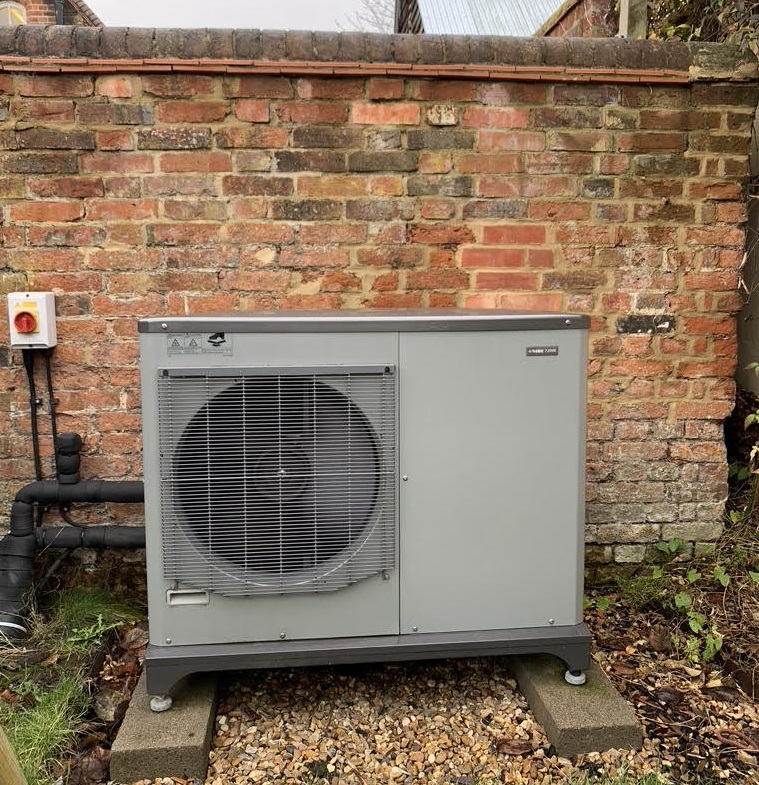
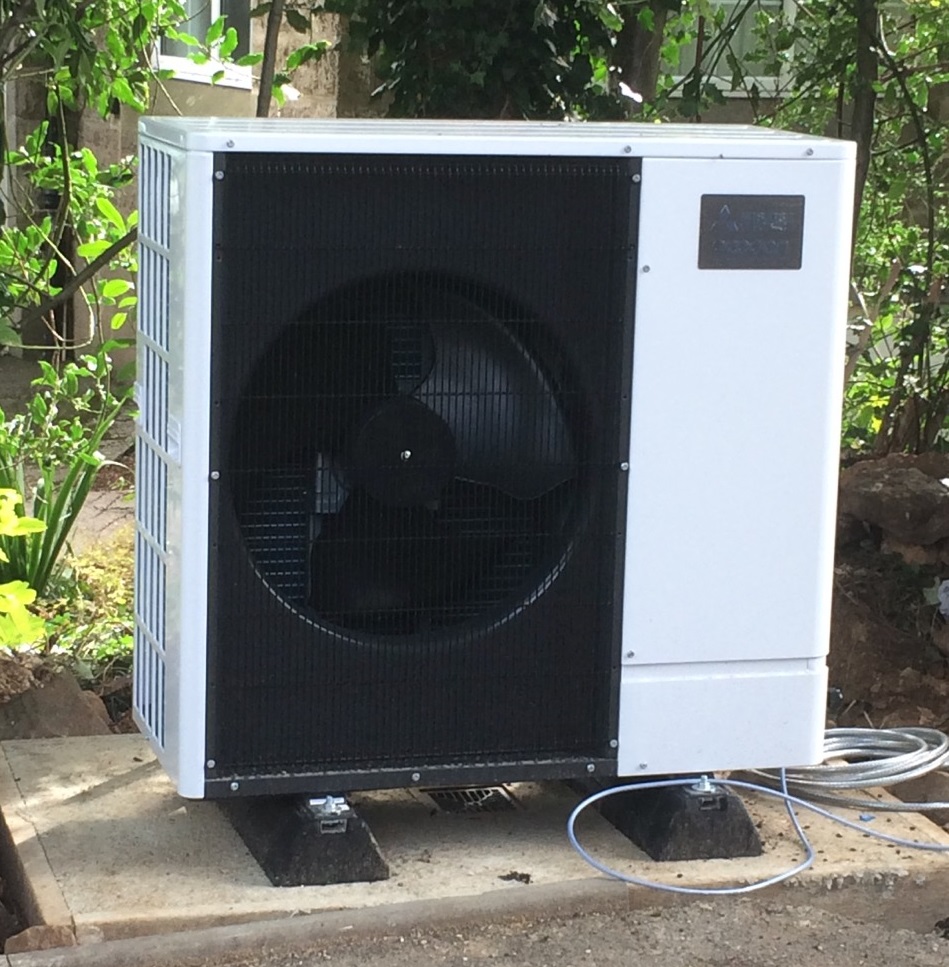
Are heat pumps noisy?
Air source heat pumps do make some noise as they run a fan to draw in air. But this unit sits outside the home, and modern models are very quiet – especially when properly installed. Inside, you’re unlikely to notice anything at all.
Does it feel different to a gas boiler?
Yes – but in a good way.
Heat pumps run at lower temperatures than traditional gas or oil boilers, delivering warmth more gradually and evenly. Radiators may feel cooler to the touch, but your home stays at a more consistent, comfortable temperature.
Some people find it takes a little getting used to, but many tell us they prefer the steady warmth – and no more turning the thermostat up and down.
Will I need to upgrade anything else in my home?
Possibly – especially if your home isn’t well insulated yet. Heat pumps work best when your home holds on to heat.
Before installing a heat pump, it’s often worth improving insulation and draught-proofing. You might also need to upgrade your radiators or add underfloor heating – particularly in older properties.
That’s why we never recommend going straight to installation. We start with a proper home assessment and develop a joined-up Whole House Plan – so you can see the full picture and avoid costly mistakes.
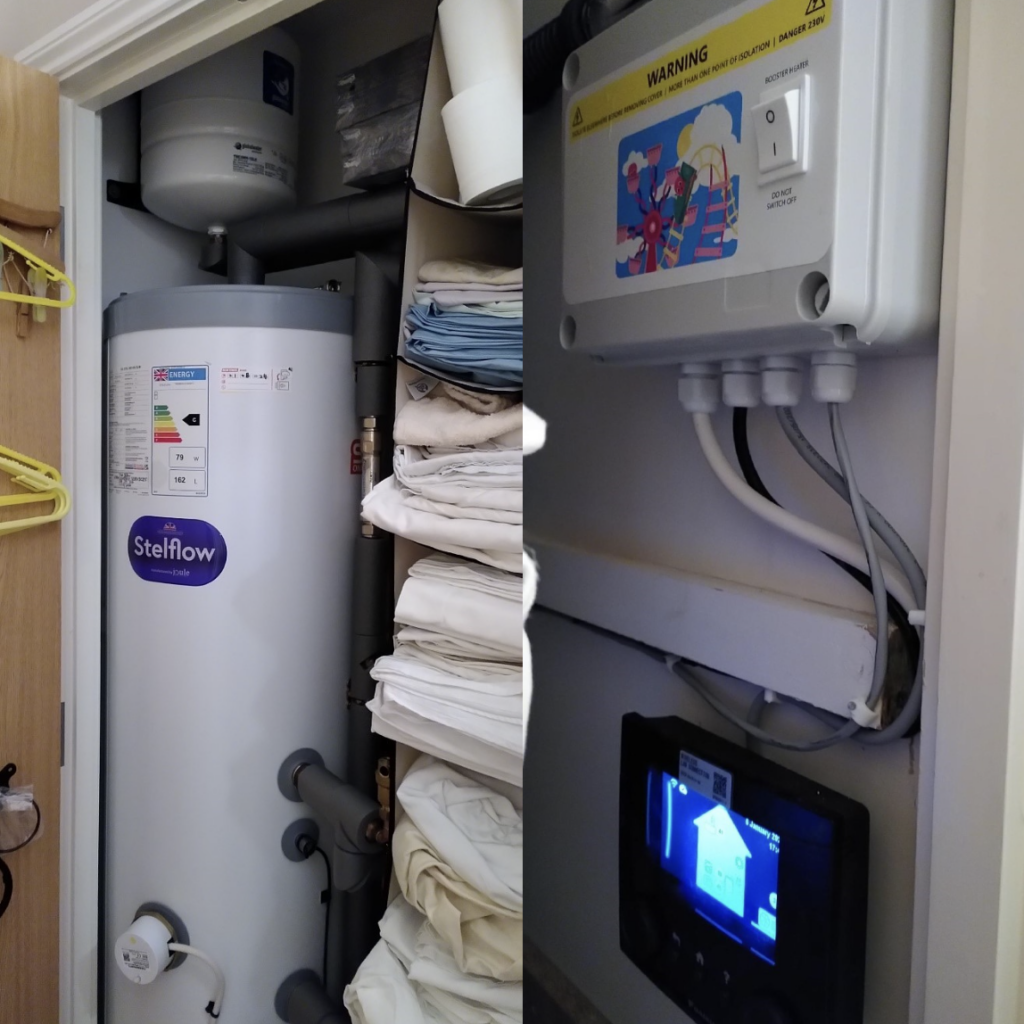
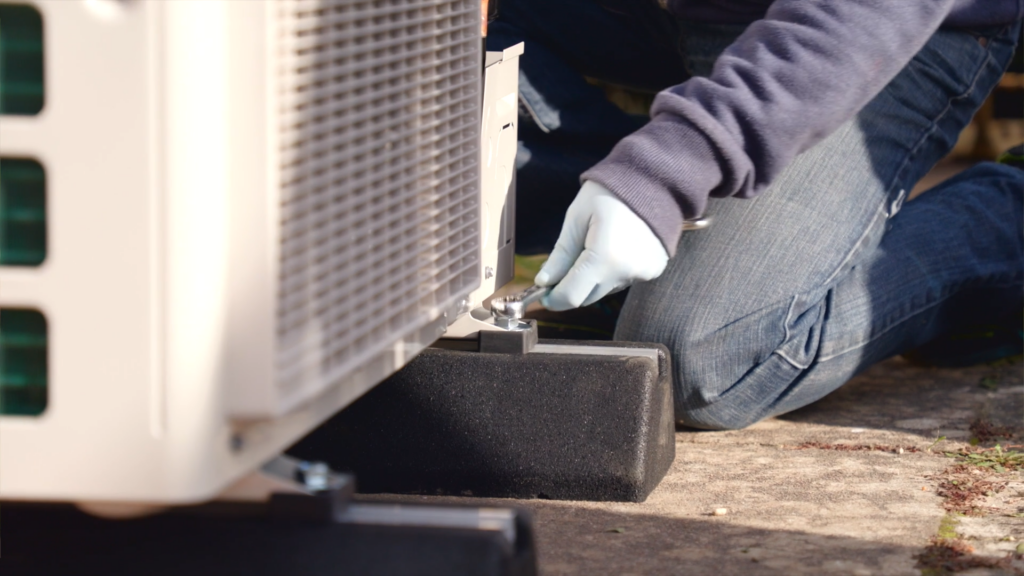
Will it save me money?
It depends.
If you currently use electric storage heaters or oil, a heat pump could reduce your energy bills. But if you’re switching from a mains gas boiler, savings may not be immediate – especially while electricity remains more expensive than gas.
That said, many people still choose a heat pump for its carbon savings, comfort, and future readiness. Pairing it with energy-saving upgrades, like insulation, helps improve both efficiency and cost-effectiveness.
Are the controls easy to use?
Yes – once you’ve got the hang of it.
Your system will come with a thermostat and controls, just like a boiler. It might look different, but your installer should show you how to programme it for the best efficiency. Often, it works best when left on at a low setting for longer periods – keeping your home at a consistent temperature.
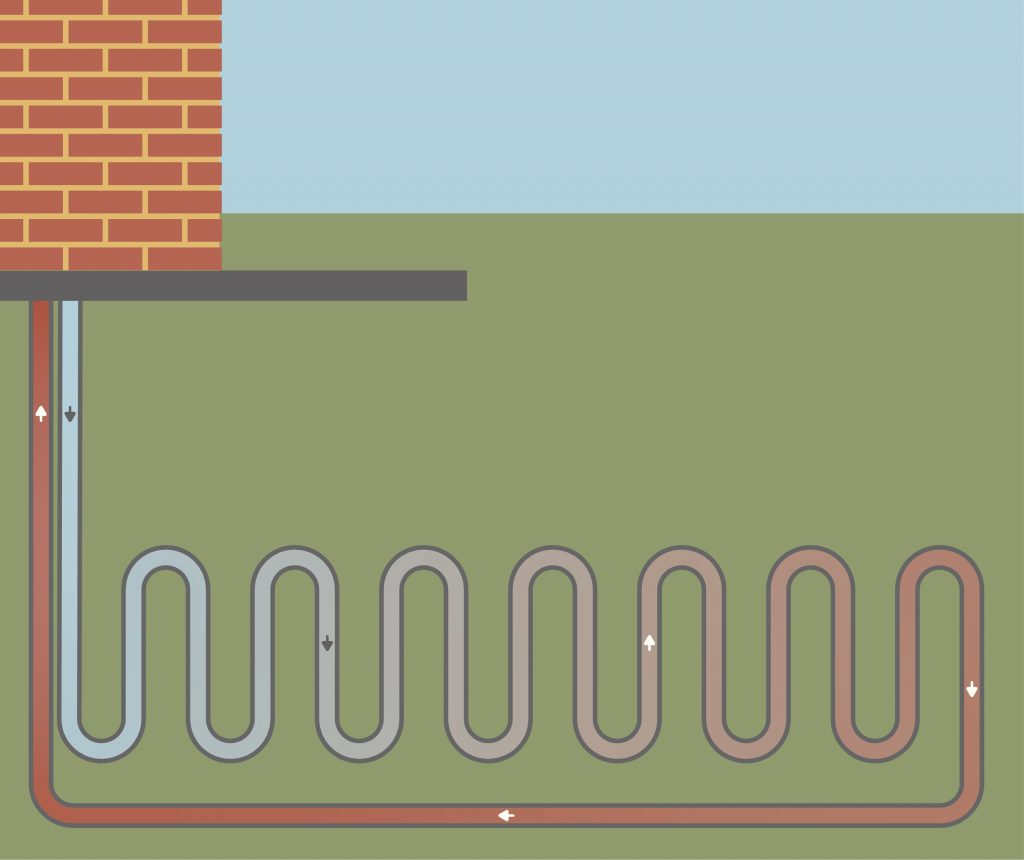
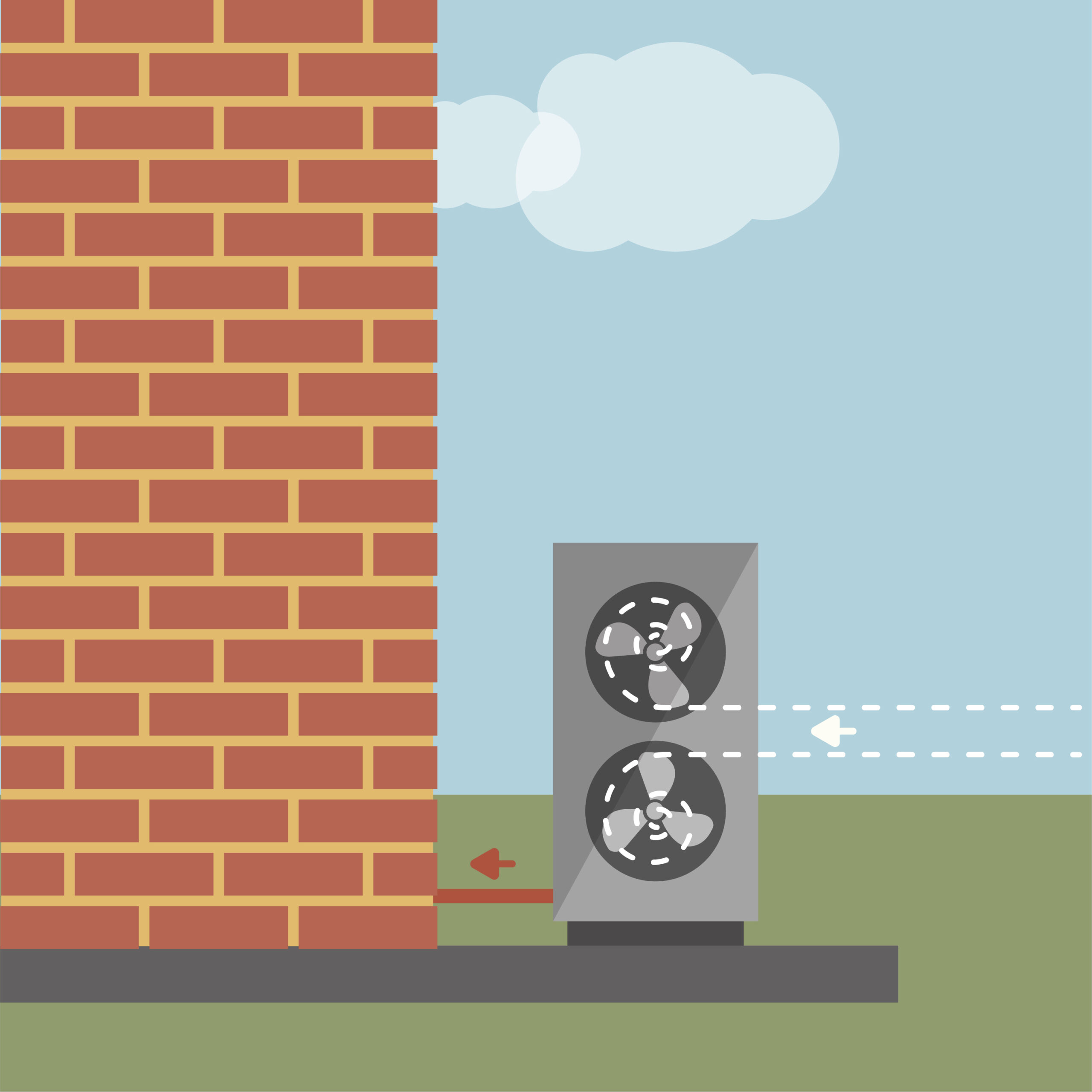
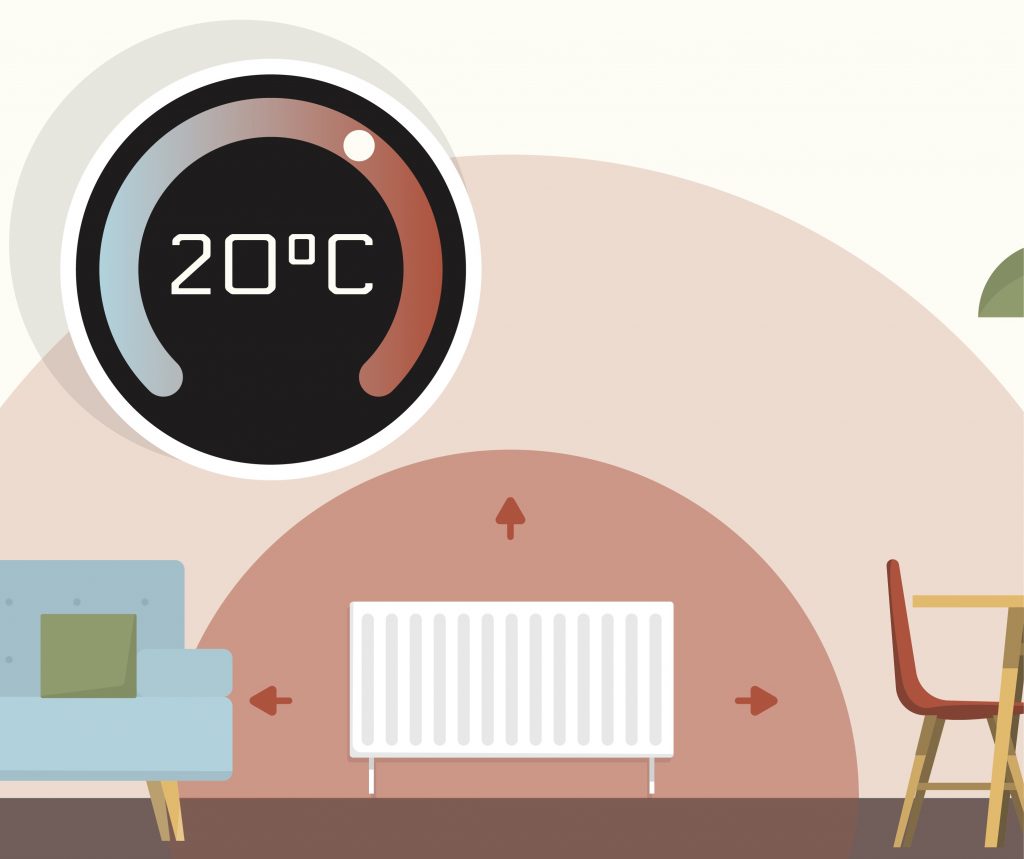
Do I need to worry about Legionnaires’ disease?
Not if your installer sets it up correctly.
Legionella bacteria can grow in water cylinders below 60°C, but most heat pump systems include an immersion heater that automatically boosts the temperature once a week to prevent this. Just make sure you choose a qualified, MCS-certified installer – like those we work with.
So – is a heat pump right for me?
That’s what we help you work out.
Heat pumps are a brilliant solution for many homes – especially when part of a wider plan to improve comfort and reduce energy use. But they’re not plug-and-play. You need to look at the whole home to make the most of them.
With over 190 million installations worldwide, the benefits are clear. Heat pumps can use up to three times less energy than a traditional gas boiler – helping to lower bills and cut carbon emissions. They can also cool your home in summer, and because they don’t burn fossil fuels, they can improve indoor air quality too.
While the upfront cost can be higher, long-term savings and government grants make them a smart, future-proof investment – particularly when installed as part of a well-planned retrofit.
That’s why we always start with a proper home assessment and create a tailored plan for you. And we’re here to guide you through every step – from insulation upgrades to choosing the right heating system.
We don’t sell heat pumps!
…but our clients might convince you.
By now, you might be wondering if we’re trying to sell you a heat pump. We’re not. What we offer is independent advice, planning support, and coordination – so you can make the right choices for your home.
But don’t just take it from us. Some of the homeowners we’ve worked with have chosen heat pumps as part of a wider retrofit – and they’re already seeing the benefits.
Read their stories:
- An end terrace home in East Oxford – from chilly to cosy
- A Hook Norton cottage – low-carbon heating in a heritage home
Their journeys might help you decide if a heat pump could work for you, too.
Thinking about getting a heat pump? Let’s talk it over.
Call us on 0330 223 2742 or use our quick contact form – we’ll help you make sense of your options.
Read more…
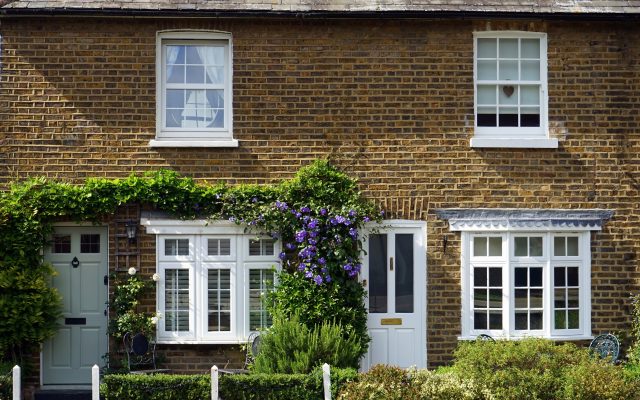
Making your period property sustainable and comfortable
Owning a period property is a joy, but energy efficiency can be a challenge. With expert guidance, it’s possible to cut bills, reduce carbon, and make your historic home cosy without losing its unique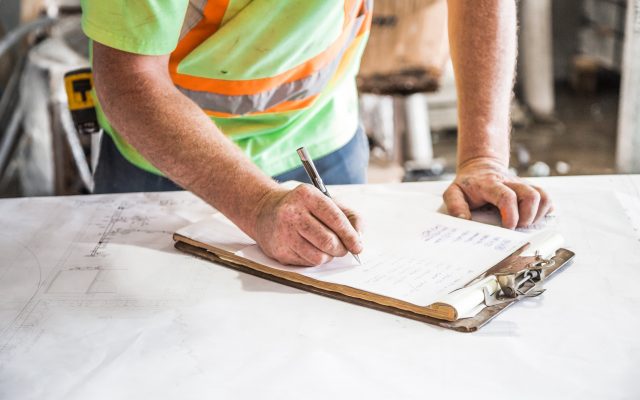
Meet your Retrofit Coordinator: Your guide to a warmer home
Spending their days conducting home assessments, consultations, energy audits, and site visits, Retrofit Coordinators play a hands-on role in reducing your home’s energy use. They ensure your home is energy-efficient, safe, and comfortable, guiding you
What to look out for in a home retrofit service
Get expert guidance on retrofitting your home to ensure the work is done in the right order with minimal
What can you expect from a home energy assessment?
Once you’ve used our free Plan Builder advice service to get a snapshot of your home’s energy-saving potential, the next exciting step is an on-site energy assessment. This is where we take a closer look at your home’s energy performance – giving you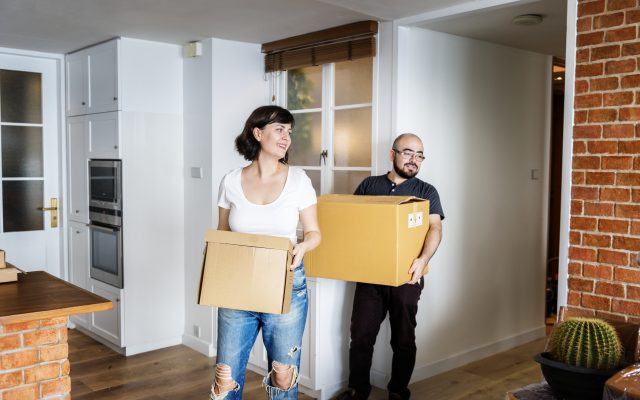
Why moving home is the perfect time to plan your retrofit project
A new home is a clean slate. Whether it’s knocking down walls, ripping out kitchens, or planning an extension, it’s an opportunity to make this new house feel like your home. And whilst you’re already planning home renovations, it makes sense to get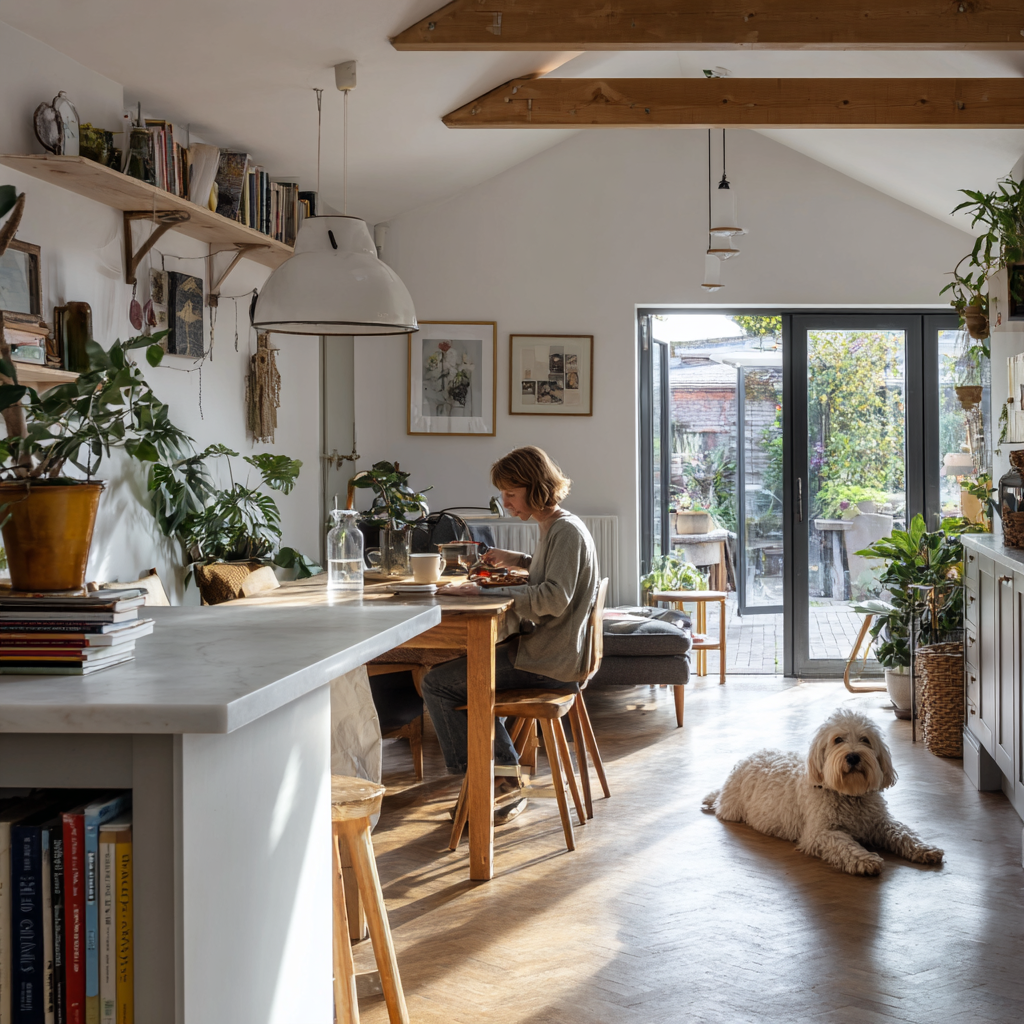
What is retrofitting, and is it right for you?
You might love your home, but hate the cold spots. Or find yourself sweating through summer nights with no way to cool down. Maybe your energy bills have crept up, or you know the boiler’s on its last legs. Whatever your starting point, you're not alone.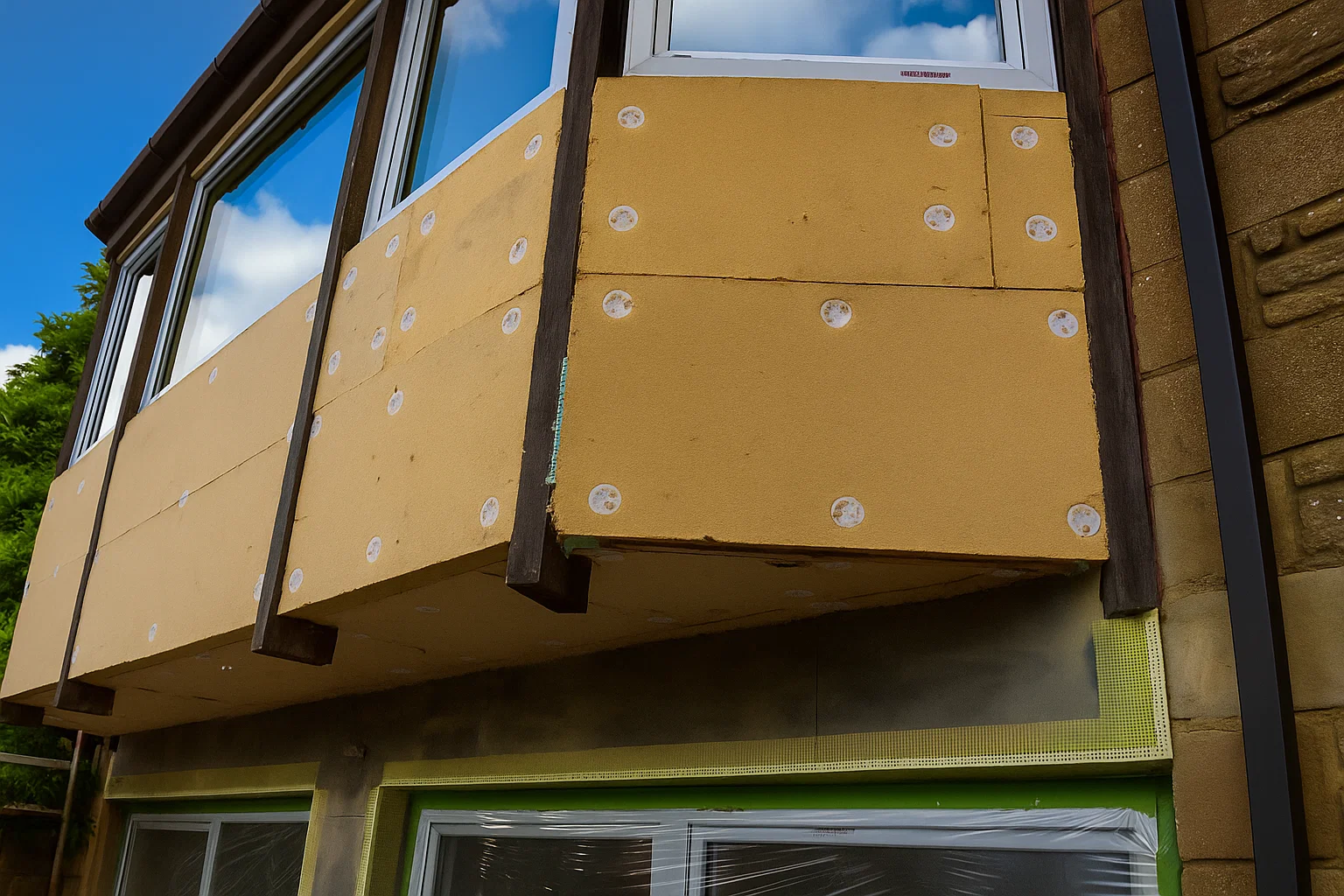
Retrofitting a Cotswold cottage
Trish and Tim’s Hook Norton cottage was draughty, patchy, and hard to heat. With help from Cosy Homes Oxfordshire, they replaced oil with an air source heat pump, upgraded insulation, and installed new windows – creating a home that’s warmer, greener,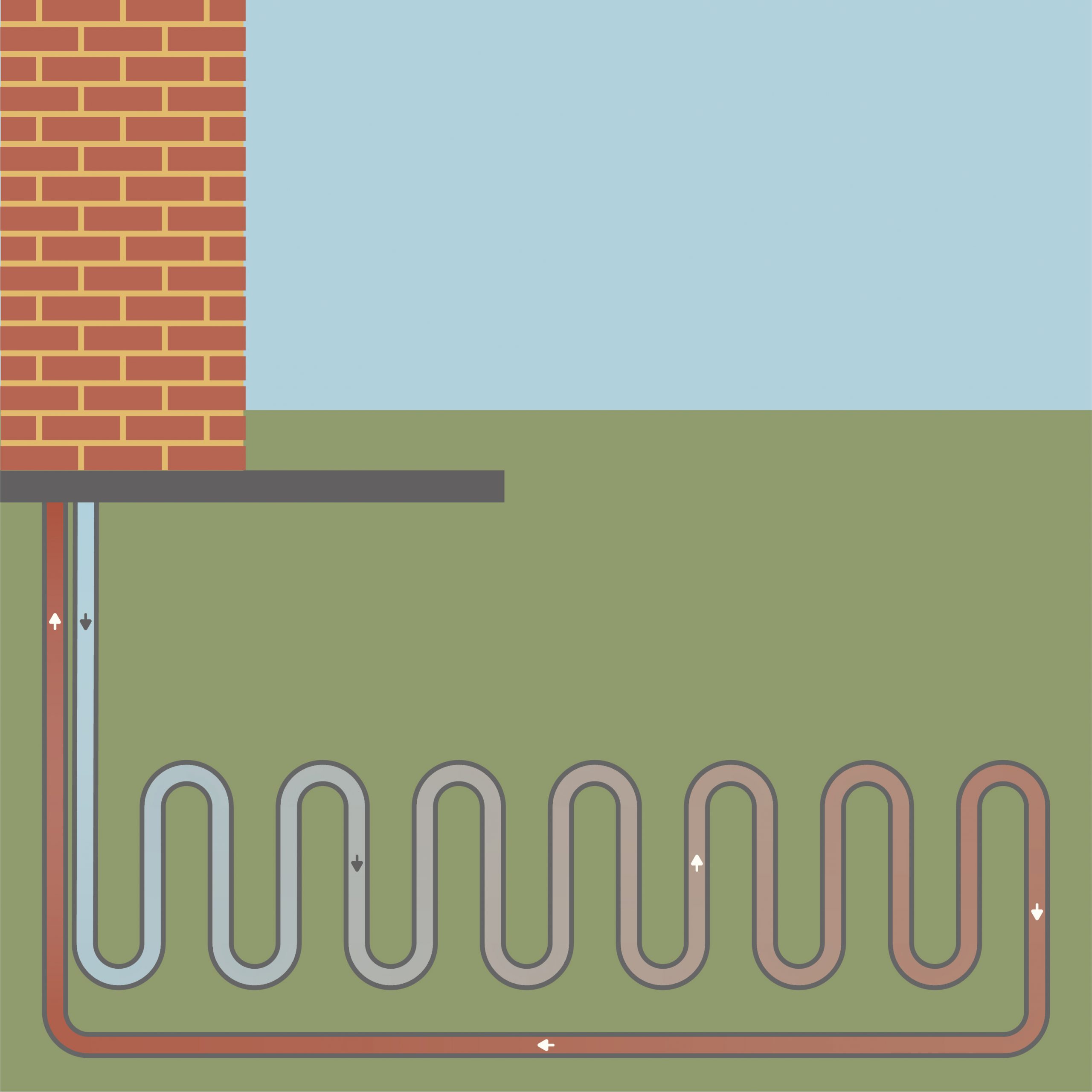
Is a ground source heat pump right for your home?
Looking for a sustainable way to heat your home? A Ground Source Heat Pump might be the solution! They harness natural heat from the ground to keep your home warm and provide hot water, all while reducing carbon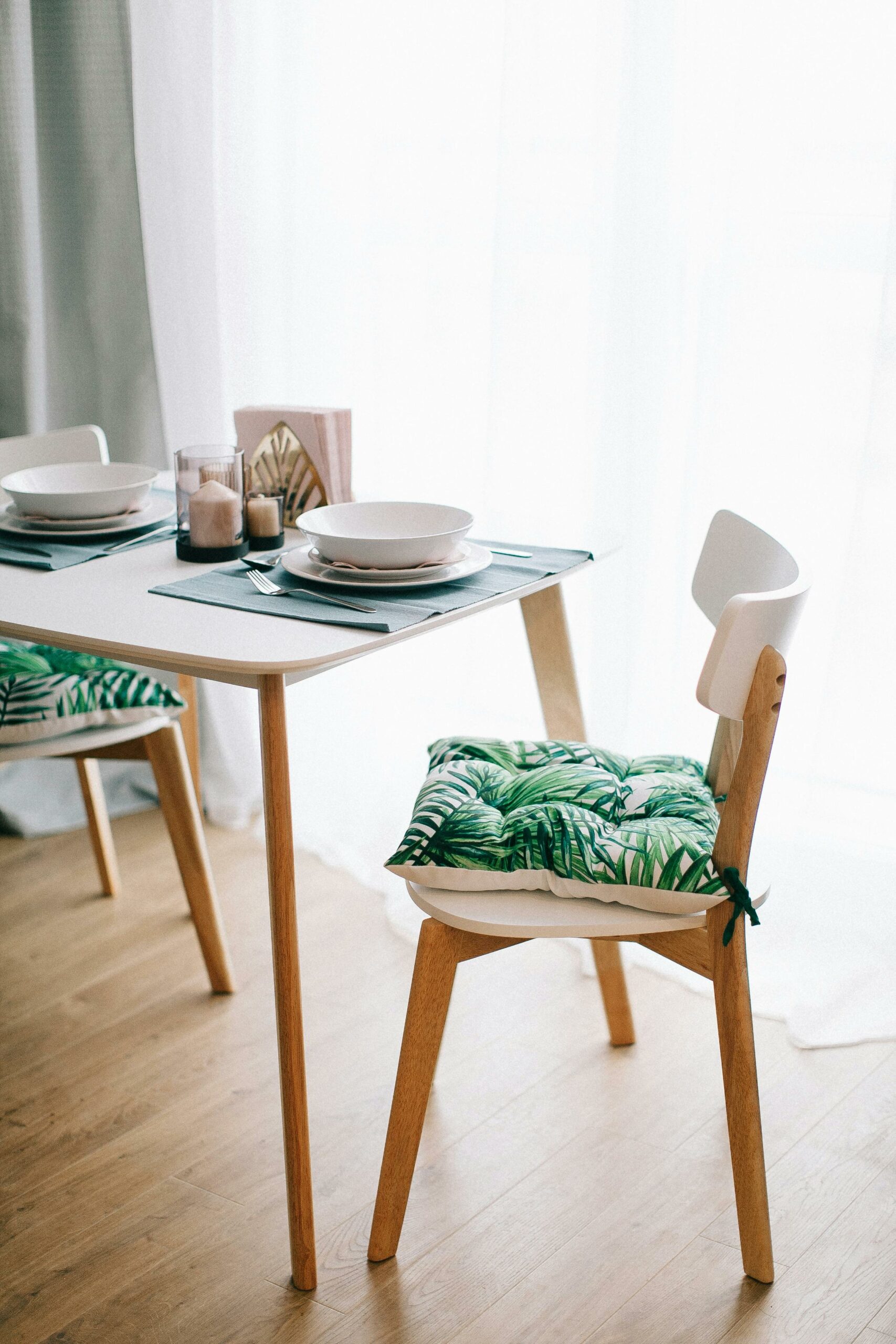
A whole house approach – more than a quick fix
A whole house approach means looking at your home as a system, not a set of parts. With expert guidance, you can plan upgrades in the right order, avoid wasted spend, and build a home that’s warmer, greener, and more comfortable for years to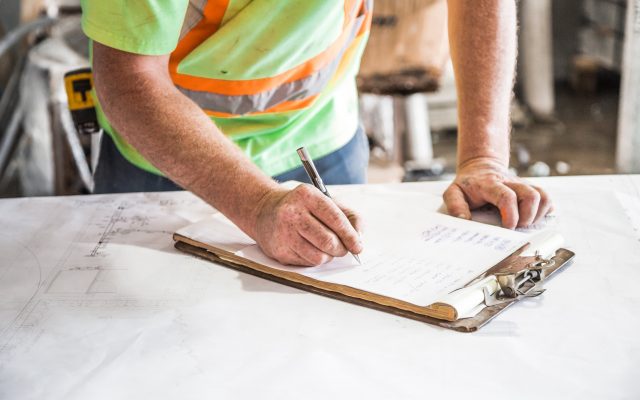
Join the team transforming Oxfordshire’s homes
At Cosy Homes Oxfordshire, we help homeowners make their homes more comfortable, energy-efficient, and low-carbon. But we can’t do it alone – we need skilled building professionals, Retrofit Coordinators, and contractors to deliver high-quality retrofit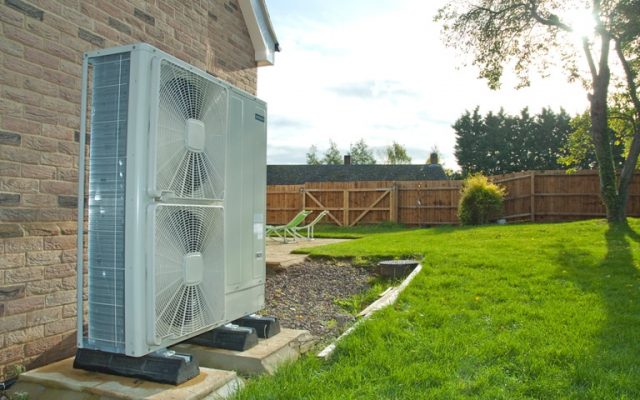
A guide to Air Source Heat Pumps
A smart, low-carbon way to heat your home – but is it right for you? Keeping your home warm while cutting bills and reducing carbon emissions is a priority for many homeowners. Air source heat pumps (ASHPs) offer an efficient, low-carbon way to do just that
The future of construction is retrofit – is your business ready?
The demand for home retrofit is exploding, creating huge opportunities for building professionals who are ready to adapt. With 29 million UK homes needing energy efficiency upgrades to meet climate targets, the question isn’t if retrofit will be part of the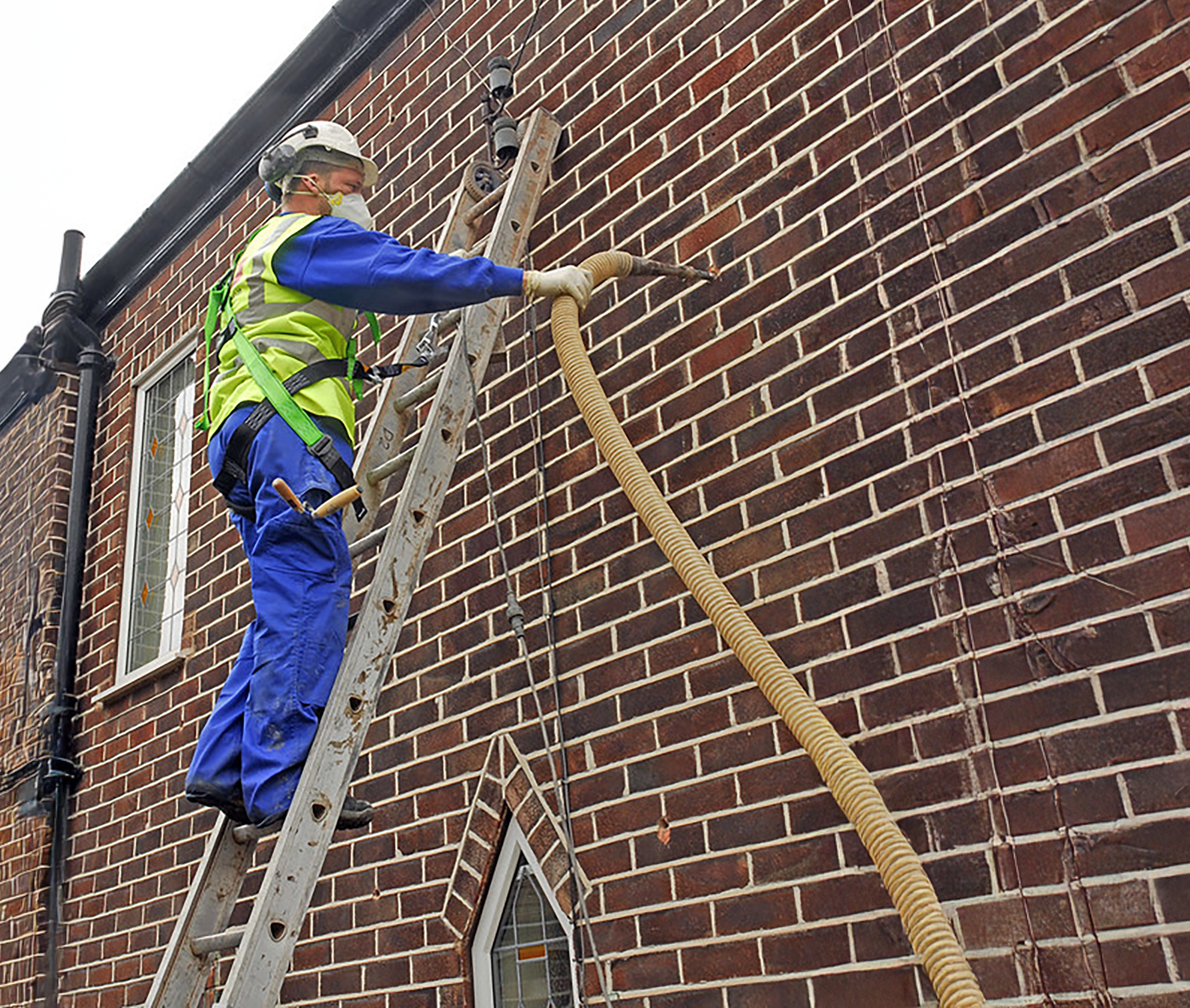
A practical guide to cavity wall insulation
Cavity wall insulation is a highly effective way to enhance your home's energy efficiency, leading to reduced energy bills and a more comfortable living environment. By filling the gap between your property's inner and outer walls with insulating material,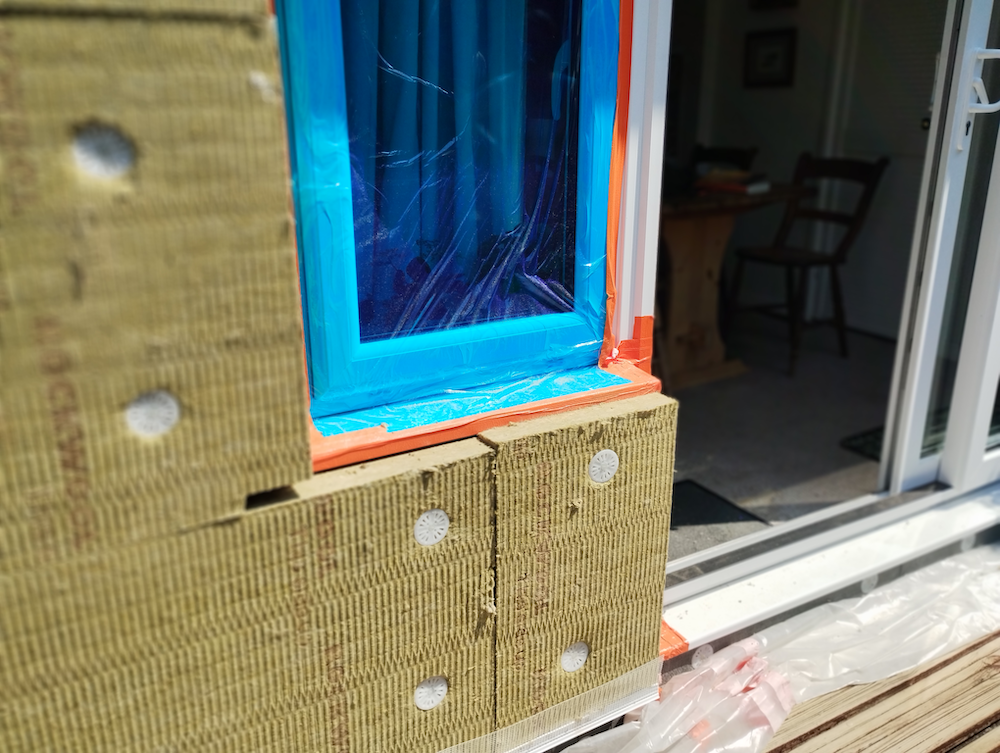
A practical guide to solid wall insulation
Solid wall insulation is a key upgrade for many older properties – helping to cut energy bills, reduce heat loss, and make homes more comfortable to live in all year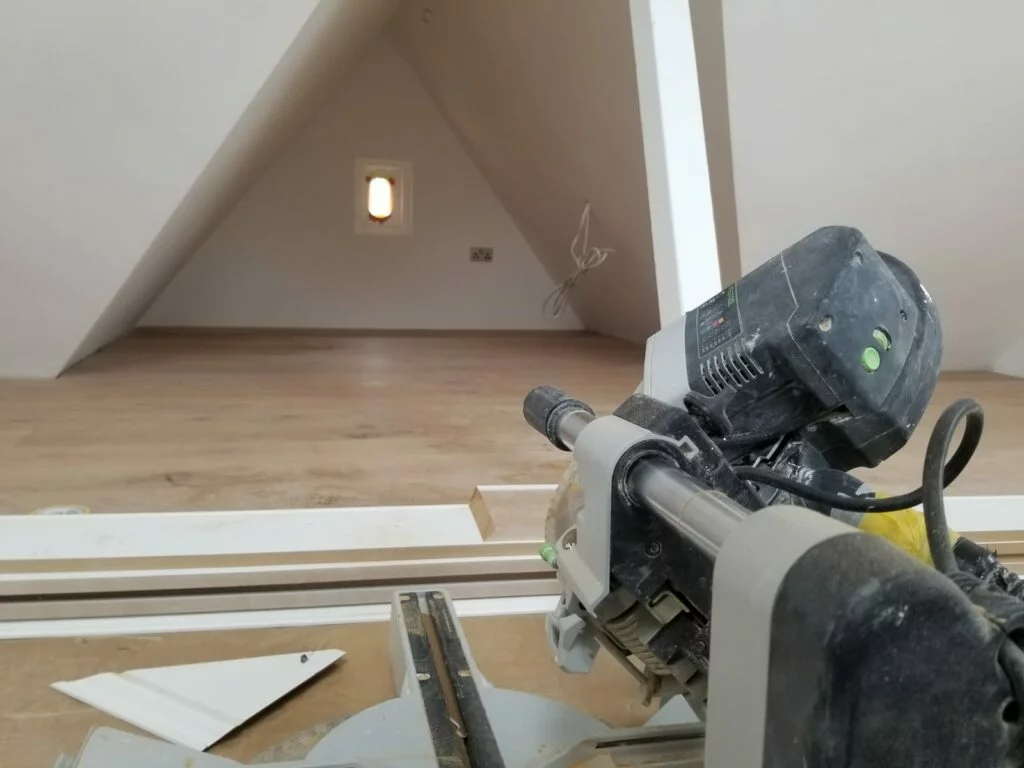
A practical guide to loft and roof insulation
Up to a quarter of your home’s heat can be lost through an uninsulated roof. Adding insulation to your loft or roof is one of the most cost-effective ways to improve comfort, cut heating bills, and reduce your carbon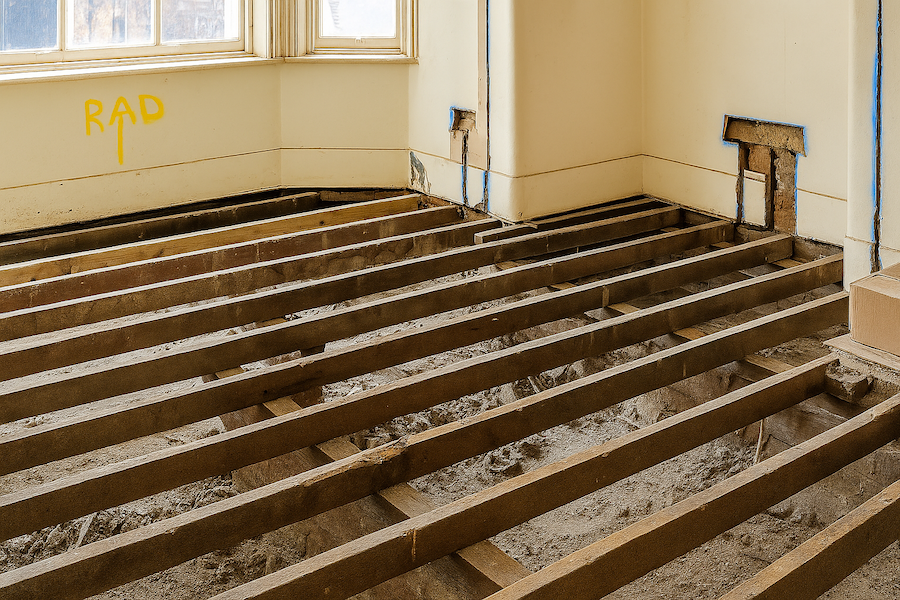
A practical guide to floor insulation for your home
Floors – particularly those on the ground level – are a major source of heat loss in many homes. Without insulation, warmth escapes in winter – and heat builds up in summer. Your home ends up uncomfortable year-round, and your heating system works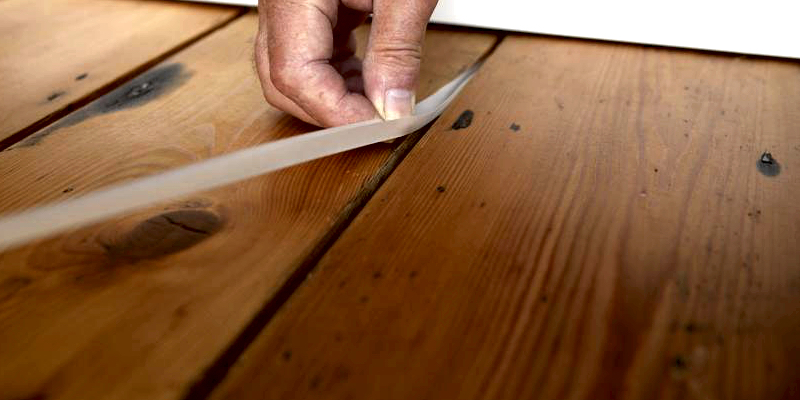
Draught-proof your home for comfort and savings
Draught-proofing is one of the simplest and most cost-effective ways to improve your home’s energy efficiency, reducing heat loss and cutting energy bills. By sealing gaps and preventing unwanted airflow, you can create a more comfortable and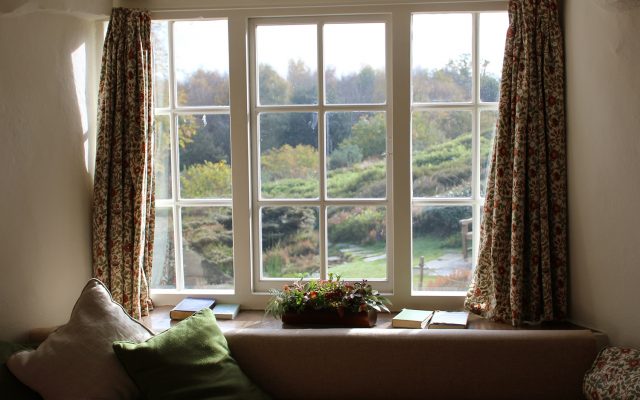
Should you upgrade to double or triple glazing?
Energy savings aside, new glazing can make your home feel instantly more comfortable. No more cold draughts, no more condensation streaming down the inside of your windows, and a noticeable reduction in outside noise. If you live near a busy road or under a
Get smart with your heating controls
When we think about home energy upgrades, we often jump straight to heat pumps or insulation. But one of the simplest and most cost-effective changes you can make is getting better control over your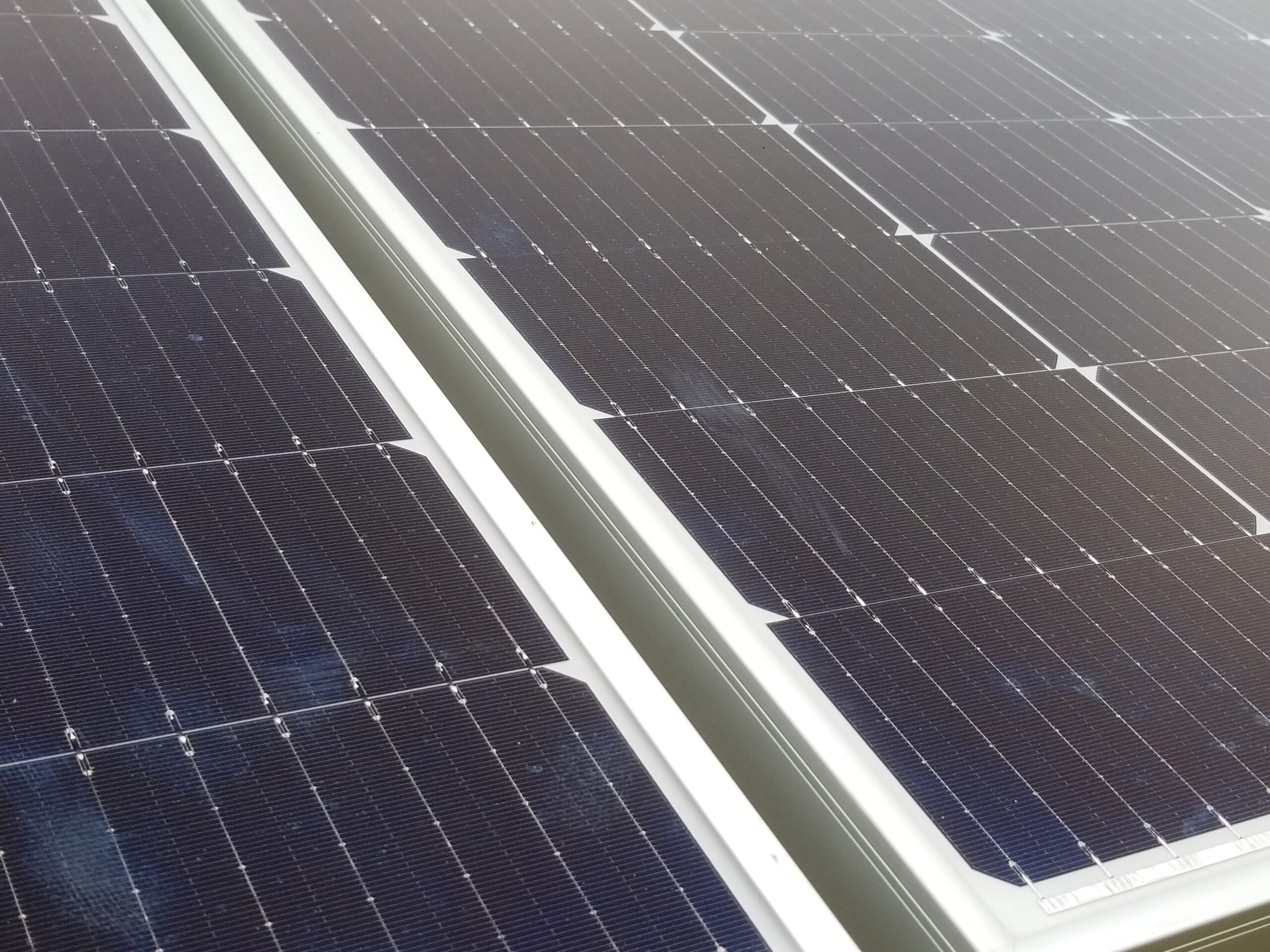
A practical guide to solar panels for your home
Solar panels are one of the most visible ways to make your home more sustainable – but they also deliver powerful results behind the scenes. By converting sunlight into electricity, solar photovoltaic (PV) panels can help reduce your energy bills, cut
